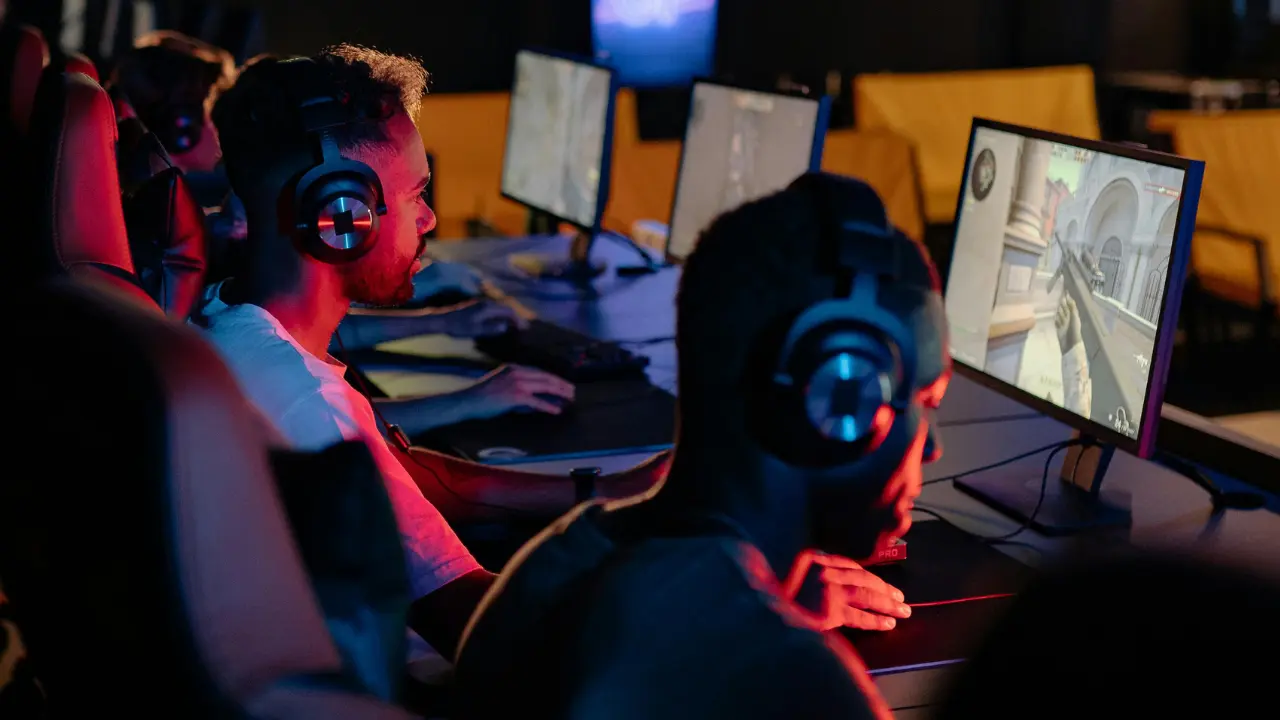Second Ever Neuralink User Plays Counter-Strike With His Thoughts

Imagine a future where you might be playing video games or controlling digital devices with nothing more than your thoughts. This future is becoming a reality thanks to Neuralink’s latest breakthrough. Alex, the second-ever participant in Neuralink’s PRIME Study, is using the Neuralink implant, now known as the Link, to play Counter-Strike 2.
Alex, who had lost control of his limbs following a spinal injury, underwent successful surgery at the Barrow Neurological Institute to receive the Neuralink implant. The procedure was a success, with him being discharged the following day.
Alex achieved remarkable results with the Link, as he was able to control the cursor using his thoughts within just five minutes. In a few hours, Alex surpassed the maximum speed and accuracy that had been previously achieved with any other assistive technology. Like Noland, the first participant in the PRIME Study, Alex also broke the world record for BCI cursor control with a non-Neuralink device on his first day using the Link.
Beyond setting records, Alex began exploring new possibilities with the Link. He started using computer-aided design (CAD) software to design 3D objects, a task that requires precise control and attention to detail. Before the implant, Alex used a Quadstick, a mouth-operated joystick, for gaming. The Quadstick allowed for either movement or aiming at a time, requiring switching between functions. With the Link, Alex can now move and aim simultaneously.
How does Neuralink work with video games?
The Neuralink implant, the Link, is a small device implanted in the brain that reads neural signals. It works by detecting the brain’s electrical activity and translating these signals into commands that control digital devices. In Alex’s case, he is playing Counter-Strike 2 using a combination of the Neuralink implant, and a device called the Quadstick. Here’s how it works:
- Neuralink Link: The Link is implanted in Alex’s brain, where it reads his neural signals. These signals are the brain’s natural way of sending commands to the body, like moving a hand or pressing a button. The Link translates these brain signals into digital commands that control the game. For example, when Alex thinks about moving or aiming in the game, the Link captures those thoughts and sends them as commands to his computer, allowing him to control his in-game character’s movements and aiming directly with his mind.
- Quadstick: In addition to the Link, Alex uses a Quadstick, which is a mouth-operated joystick. The Quadstick has sip-and-puff pressure sensors and a lip position sensor, which Alex uses to perform specific in-game actions like shooting, reloading, or other functions that require physical input. The Quadstick complements the Link by providing additional controls that are not yet fully handled by the brain-computer interface alone.
By combining the Link for thought-controlled movement and aiming with the Quadstick for specific actions, Alex can play Counter-Strike 2 more smoothly and effectively than with traditional assistive devices.
Future Developments
Neuralink’s human testing is currently being conducted through the PRIME Study, an investigational trial focused on their brain-computer interface (BCI) designed for individuals with quadriplegia. The study aims to evaluate the safety and functionality of the implant, known as the Link, allowing participants to control external devices using their thoughts. The long-term vision includes developing a generalized brain interface that could assist in various medical conditions.
Neuralink is also working on expanding the Link’s capabilities to support more complex controls, such as simultaneous multiple clicks and movements, full mouse and game controller functionality, and faster text entry through thought. These enhancements aim to restore digital autonomy and communication abilities for individuals with disabilities, enabling them to interact with both digital and physical devices, like robotic arms and wheelchairs.
The progression of the Link has seen some challenges. Noland Arbaugh, the first participant in the PRIME Study, encountered complications about a month after his surgery when some of the implant’s threads retracted from his brain due to unexpected brain movement, leading to performance issues. Rather than opting for surgical intervention, Neuralink addressed the problem by adjusting the device’s software, which stabilized its performance.
Learning from Arbaugh’s experience, Neuralink refined the Link, leading to a more stable and effective outcome for Alex, the second participant. As Neuralink continues to develop and enhance the technology, the goal is to create a more versatile and powerful BCI that can help restore a wide range of functions for individuals with disabilities and eventually serve broader medical applications.
Read More: Laptop Brands with International Warranty Coverage

Upgrade Your TradingView Plan
- ✓ Set multiple price or indicator alerts.
- ✓ Rewind and replay past market data and run backtests to simulate trades.
- ✓ Access high-performance strategies and indicators shared by top traders.
- ✓ Unlock custom timeframes, multi-chart layouts, and add more indicators.
Claim $15 bonus and 1 month free trial if you join now.
Claim $15 Reward Now